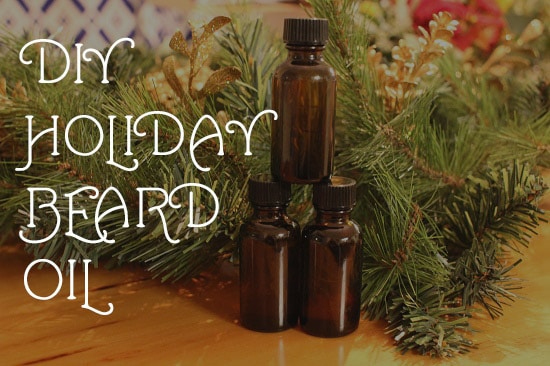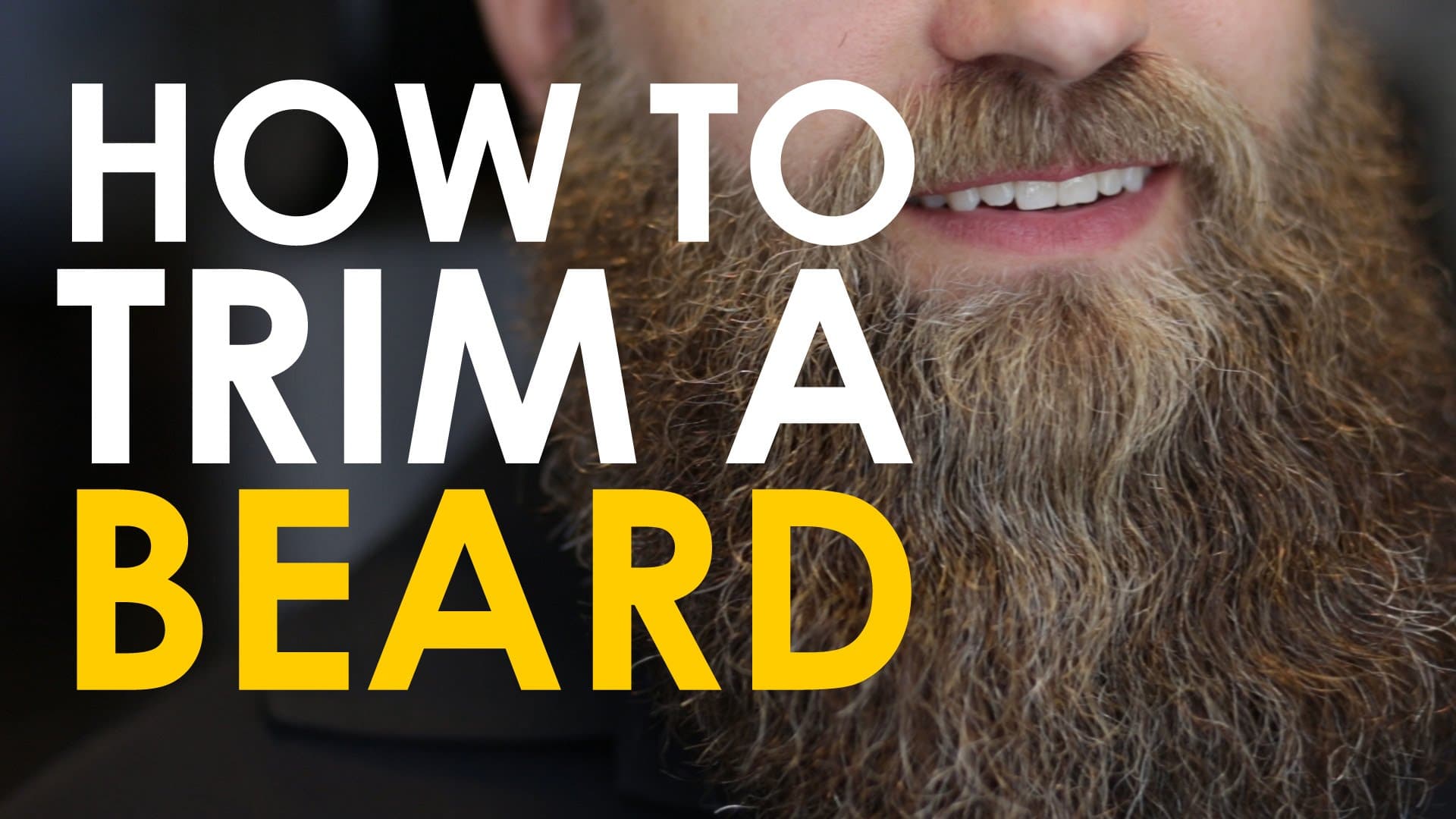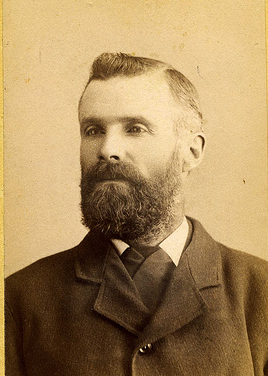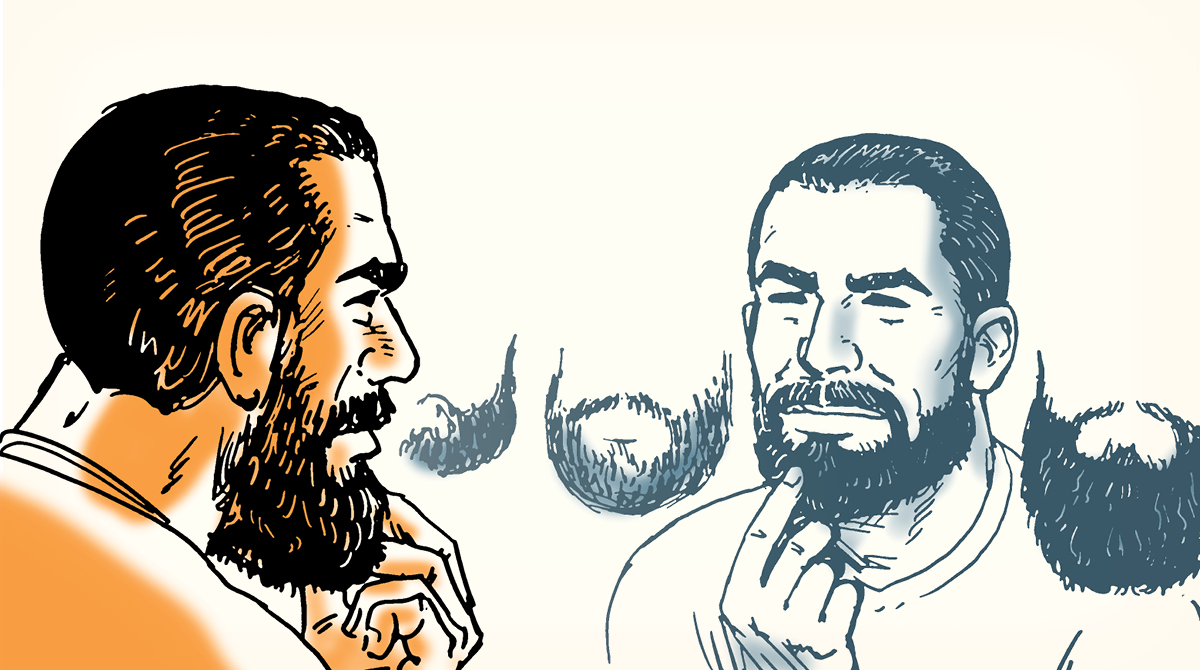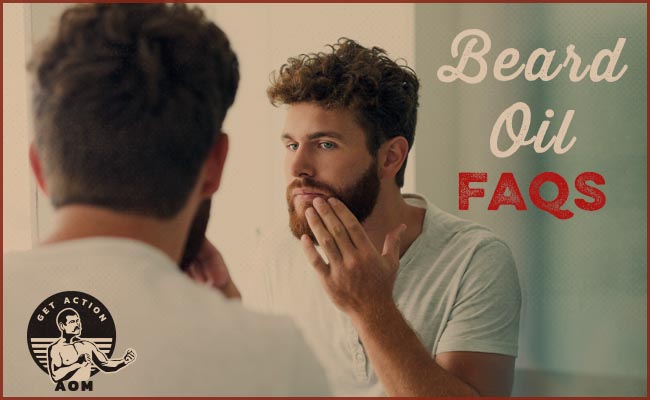
If you’ve spent any amount of time on the internet and fallen into the rabbit hole of the men’s grooming world, you’re well aware that beard oil is given a lot of real estate in terms of both content and online retail. Which naturally leads to some questions: Do these little expensive bottles of oil actually do anything? Do I really need to wade through the mountains of articles and pages and pages of different scents and formulas?
A couple of short answers: Yes, beard oil does do something. No, you don’t need to wade through all that other stuff. In this article I’m giving you the quick-hit answers to all your frequently asked beard oil questions.
Let’s get right to it.
What does beard oil do?
Beard oil functions as both conditioner — to soften and moisturize the beard hair itself — and moisturizer for the skin underneath the beard, which is prone to drying out and general itchiness. Many beard oils also have a pleasing scent, which is nice, but doesn’t necessarily have any other practical benefit. Beard oil can also work to tamp down stray hairs that stick straight out, though balms/waxes are a little better for that purpose.
Should you use beard oil on stubble?
Absolutely! When facial hair is just coming in, it can be even more irritated and prickly than when it’s grown in a bit more. There’s no harm in using oil on your stubble to help condition and moisturize both the hair and the skin.
What are the best beard oils?
This question is entirely subjective based on what you like. If you see a list of “Best Beard Oils” online, it’s simply a list of what that author likes. That doesn’t make such recommendations less useful, just know that there’s no objectively “best” beard oil, or even a set of standards that set one apart from another. Simply watch out for any that claim to be a magic beard growing potion, and as with anything you’re applying to your skin and face, the more pronounceable the ingredients, the better.
My personal favorite is MIG’s Man Face. I’ve been using it for years and haven’t really been tempted to try others. What can I say, I like what I like.
How often should you apply beard oil?
It all depends on your beard, how prone your skin is to becoming dry, and where you live. Generally, the answer will be 1-3 times a day. If you’re applying it just once a day, in the morning after you shower is best. You can also apply at midday and before bed, as needed. If your face feels dry, apply more; if it ever feels too oily, scale it back a bit. You’ll figure out a good routine as you experiment.
How do you apply beard oil?
Add a handful of drops — the equivalent of perhaps ⅛ teaspoon — to your palm, rub with your other hand to get the oil on both hands, and then simply rub your hands over your beard. Make sure to sort of massage your face so that the oil gets evenly distributed into the hair and skin. That’s all it takes.
How long does it take for beard oil to work?
It works right away! Just as lotion works on dry hands right when you apply it, so does oil work immediately on your beard and face. Of course it continues to work over the course of a few hours, or an entire day, but there’s no time needed for it to set or anything.
Can beard oil stimulate beard growth? How can I get my beard to grow?
Any beard oil that claims to foster beard growth is misleading at best, and possibly an outright scam. Beard oil helps your beard grow indirectly, by creating the right conditions for your face to most efficiently grow hair. So yes, beard oil can help your hair grow, but not as a magic potion. Your facial hair capabilities are largely determined by your genetics; if your beard is growing in patchy, applying beard oil is highly unlikely to help fill it in.
Is beard oil only for long beards?
Definitely not. Beard oil is great for beards of any length. It’s easier to apply on shorter beards, but with a long beard you can use a comb or brush and get it worked in just as well. Beards of all stripes need moisturizing and conditioning.
Can beard oil cause acne? Will oil exacerbate an acne problem?
It certainly can. Various oils can indeed clog your pores and lead to breakouts, especially almond, soybean, and coconut-based oils/products. One option is to look for jojoba-based (pronounced ho-ho-buh) beard products; jojoba oil most closely resembles your skin’s natural oils and reduces inflammation. Anything that contains tea tree is also good for acne-prone skin, given its antibacterial and antiseptic properties.
Sometimes the acne/irritation that results from using a beard oil is caused by an allergic reaction to an ingredient other than the base oil. The culprit could be a specific irritant; adding too much cinnamon or peppermint oil to your face (found in some beard oils), for instance, will definitely cause some burn and possibly irritation, as those are especially strong formulations.
Ultimately, you often just have to test out a few products and see what works best for your face.
Should I use beard oil or balm?
As with many of these questions, this one really depends on your specific face and beard. Balm helps to both moisturize and shape your beard, whereas oil is really only good for the former. If your beard naturally grows in the same direction and lays flat, you don’t have much need for balm.
A lot of guys utilize a routine of applying balm in the morning after a shower in order to shape and tame the beard for the day (remember, the balm also moisturizes). If the beard then needs further conditioning, you can use oil at midday or at night.
Is coconut oil good for my beard?
You can certainly use coconut oil as beard oil, but there are a couple drawbacks: First, in dermatological terms, it’s known as a comedogenic, which is a substance that’s especially likely to clog pores and cause acne. So if you use it and get acne, know that it’s likely not an allergy, but just a natural response to the substance itself. Either way, you should probably discontinue its use in that event. Second, coconut oil is solid at room temperature. Now, applied to your face, it will probably stay in liquid form due to your body heat. But in the winter or in cooler environs, it may try to re-solidify on your face. At that point it sort of becomes a balm and can be rubbed in, but can be an awkward feeling nonetheless.
All that said, coconut oil is often used in beard oil formulas, and can indeed be used on its own.
Is too much beard oil bad?
It’s only bad if you get to a point where your face feels excessively oily and it’s causing acne breakouts or skin irritation. If that’s the case, then you need to scale back a little bit.
How should I incorporate beard oil into my grooming routine?
Beard oil is best applied after a shower, and again throughout the day as needed. For more details on beard products and routines, check out our article on the topic.


